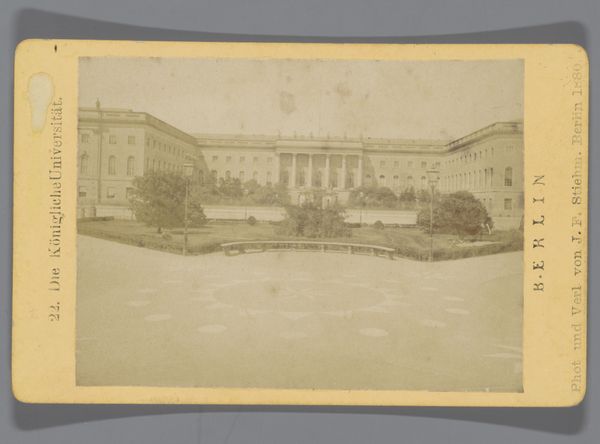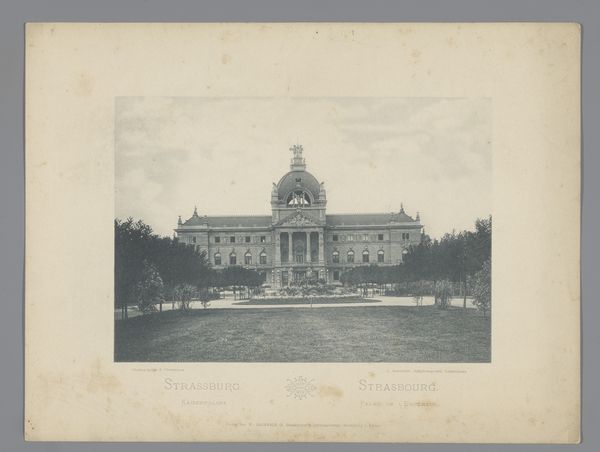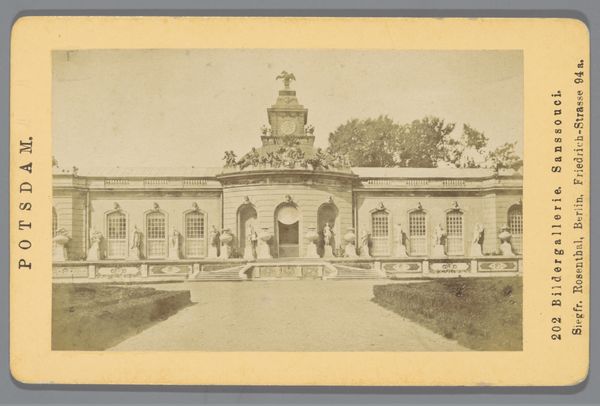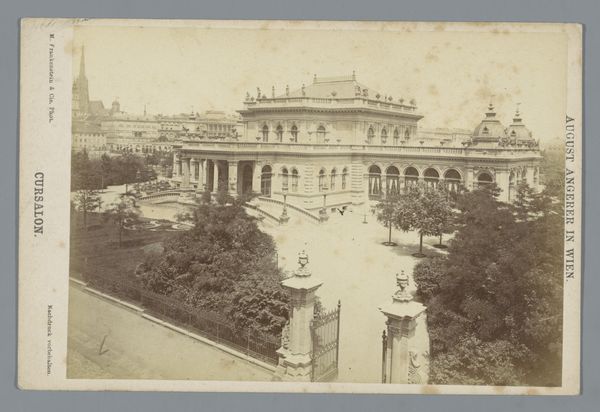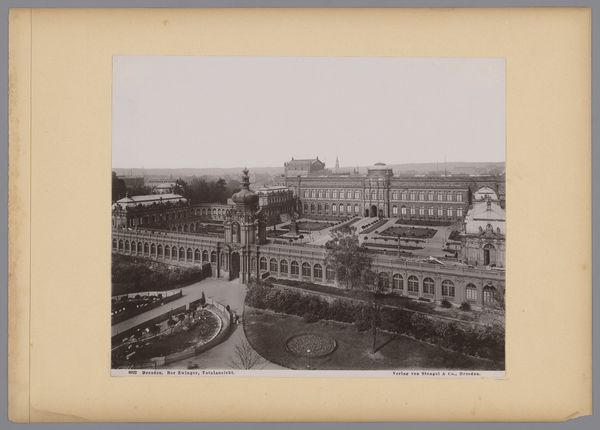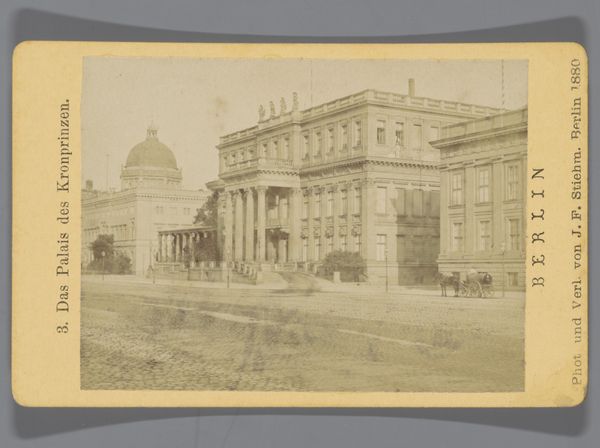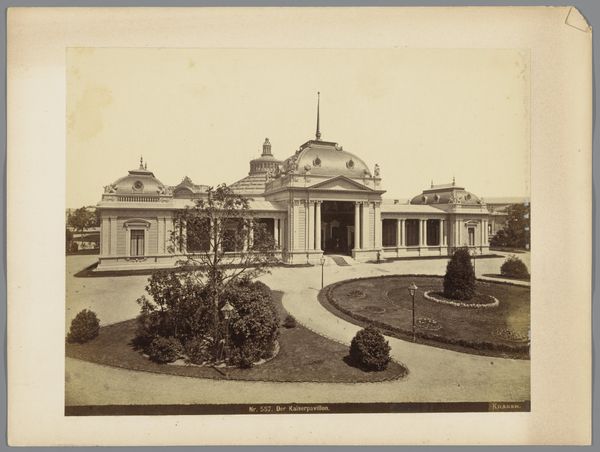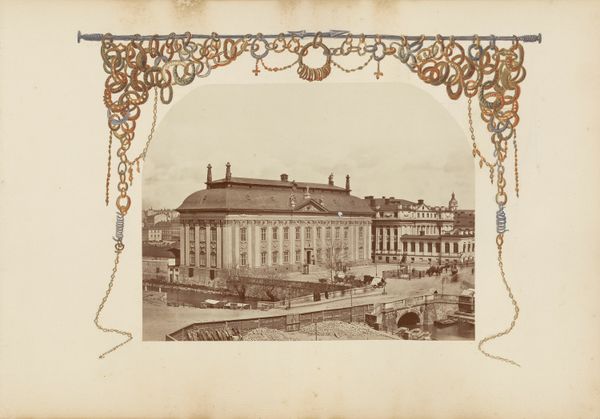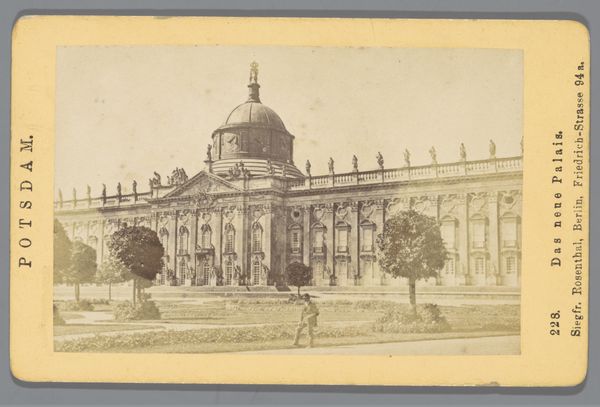
photography, albumen-print
#
landscape
#
photography
#
park
#
cityscape
#
albumen-print
Dimensions: height 67 mm, width 106 mm
Copyright: Rijks Museum: Open Domain
Johann Friedrich Stiehm made this photograph of the Lustgarten and Altes Museum in Berlin around 1880. The process involved coating a glass or metal plate with light-sensitive chemicals, then exposing it briefly in a camera. The photographic print is a direct result of chemical reactions, fixing a moment in time. In its early days, photography was seen as a scientific marvel as much as an art form. It was a way to capture the world with great accuracy, a kind of mechanical drawing. Look at how Stiehm has composed this shot, aligning the camera to capture the architectural grandeur of the Altes Museum. What's interesting here is the way photography democratized image-making. Unlike painting or sculpture, which required years of training, photography allowed a broader segment of the population to create images. It's a process that invites us to consider the relationship between technology, labor, and artistic expression.
Comments
No comments
Be the first to comment and join the conversation on the ultimate creative platform.
